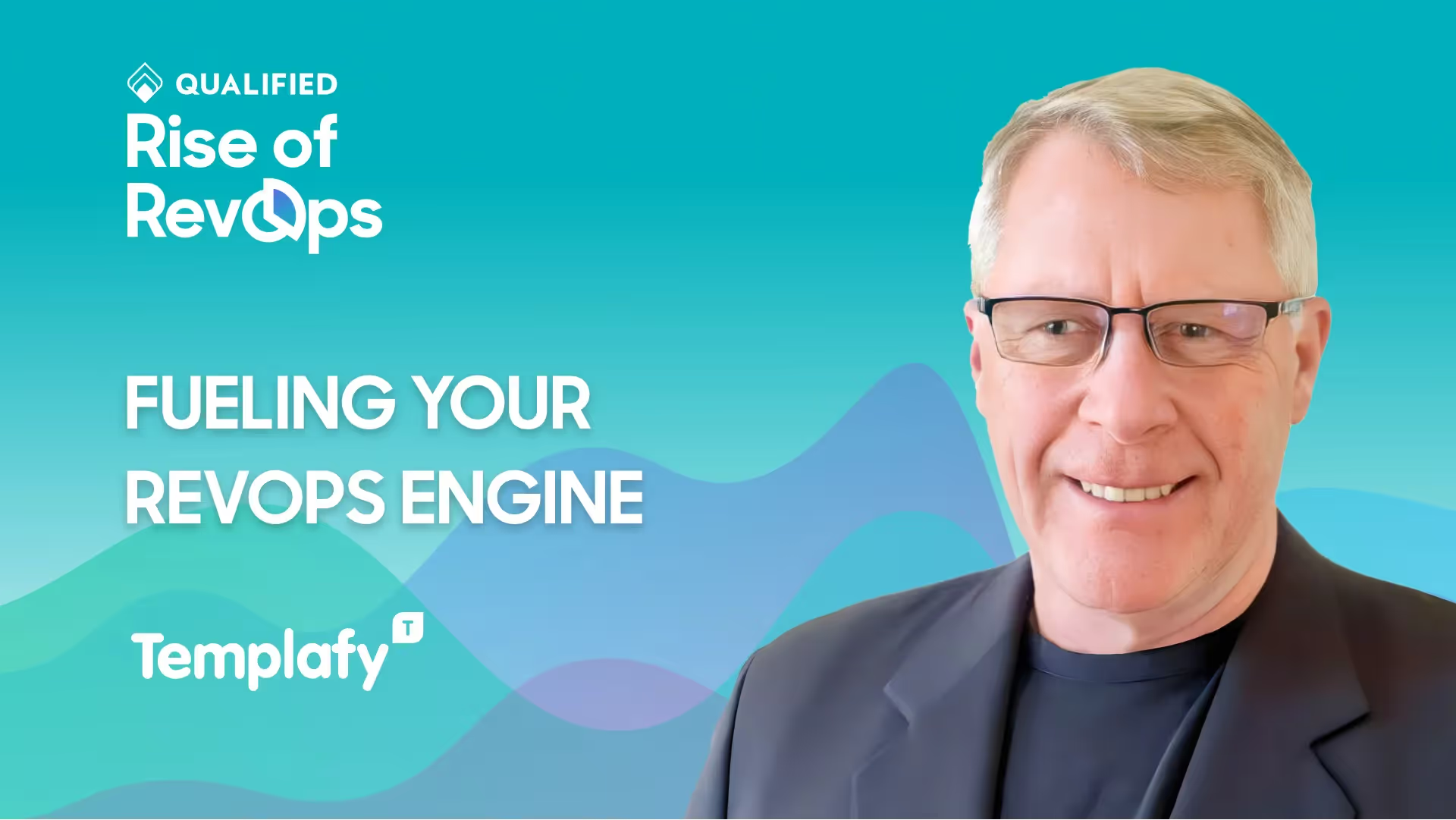Fueling Your RevOps Engine
On this episode, we talk to Volney about creating an even playing field across your go-to-market teams, the blocking and tackling of selling, and enhancing your sales velocity.




On this episode, we talk to Volney about creating an even playing field across your go-to-market teams, the blocking and tackling of selling, and enhancing your sales velocity.

In this episode, we talk to Volney Spalding, Vice President of Revenue Operations at Templafy, about creating an even playing field across your go-to-market teams, the blocking and tackling of selling, and enhancing your sales velocity.
Key Takeaways
Stay up to date with weekly drops of fresh B2B marketing and sales content.
On this episode, we talk to Volney about creating an even playing field across your go-to-market teams, the blocking and tackling of selling, and enhancing your sales velocity.


In this episode, we talk to Volney Spalding, Vice President of Revenue Operations at Templafy, about creating an even playing field across your go-to-market teams, the blocking and tackling of selling, and enhancing your sales velocity.
Key Takeaways
Stay up to date with weekly drops of fresh B2B marketing and sales content.
On this episode, we talk to Volney about creating an even playing field across your go-to-market teams, the blocking and tackling of selling, and enhancing your sales velocity.


In this episode, we talk to Volney Spalding, Vice President of Revenue Operations at Templafy, about creating an even playing field across your go-to-market teams, the blocking and tackling of selling, and enhancing your sales velocity.
Key Takeaways
Stay up to date with weekly drops of fresh B2B marketing and sales content.
On this episode, we talk to Volney about creating an even playing field across your go-to-market teams, the blocking and tackling of selling, and enhancing your sales velocity.



In this episode, we talk to Volney Spalding, Vice President of Revenue Operations at Templafy, about creating an even playing field across your go-to-market teams, the blocking and tackling of selling, and enhancing your sales velocity.
Key Takeaways
Discover how we can help you convert more prospects into pipeline–right from your website.